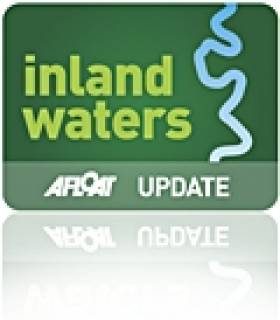Displaying items by tag: Winter Moorings
Check Your Marine Insurance Before Mooring for the Winter
#INLAND WATERWAYS - Anyone with boats afloat on Ireland's inland waterways have been advised to check with their insurers before mooring their vessels for the winter.
Stuart McNamara of Powerboat.ie comments on the website's forum regarding his own cautionary tale while searching for a winter mooring spot for his Freeman 27, which is normally used as a training boat by Hodson Bay Watersports Athlone.
"Luckily, I checked with my insurers before I moved across the lake," he writes. "It appears that they no longer insure winter moorings unless they are at supervised marinas or floating jetties at public harbours.
"The reasoning behind this was explained to me as being the greatly increased risk from unattended mooring lines in rising water levels. I have seen many boats sinking alongside Hodson Bay Pier in recent years because of this, so the insurer's position does make sense and is understandable."
He adds: "The lesson to be learnt is to check your marine insurance if just tied alongside somewhere unattended for the winter!"
























































